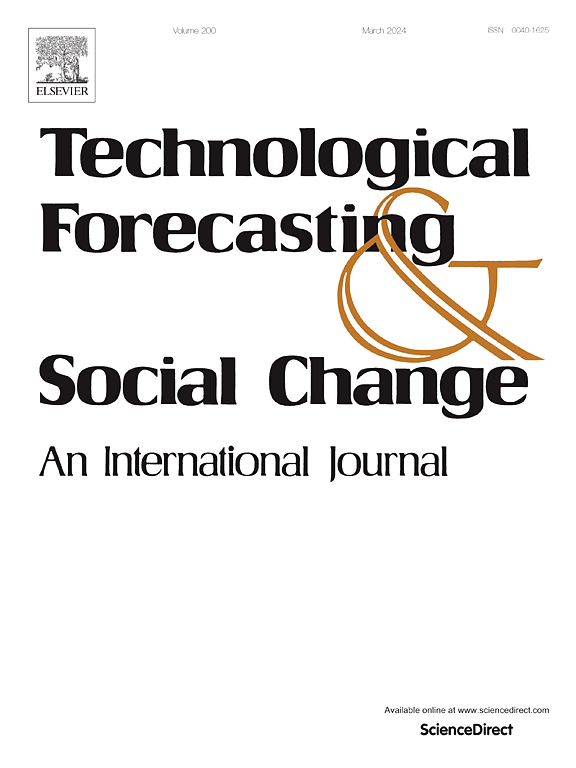采用清洁技术的最佳时机:一个随机成本效益分析
IF 13.3
1区 管理学
Q1 BUSINESS
Technological Forecasting and Social Change
Pub Date : 2025-07-18
DOI:10.1016/j.techfore.2025.124276
引用次数: 0
摘要
本文开发了一个定量框架,以确定向清洁技术过渡的最佳时机,这对可持续发展和气候行动至关重要。我们提出了一个随机模型,利用最优停止理论,分析了清洁技术相对于传统技术的动态成本优势。该模型推导出适合市场趋势和用户特定因素的明确的时机解决方案。为了说明该模型的实际应用,我们将其应用于一个以电动汽车(ev)采用为重点的实证案例研究。我们的研究结果表明,使用强度较高或与未来运行成本相关的成本优势预期改善较大的用户倾向于更早采用电动汽车。相比之下,成本优势的波动性增加(通常受能源价格波动的影响)或初始电动汽车成本不可预测的负跳升等因素可能会推迟采用决策。这一发现强调了稳定的能源市场在促进电动汽车采用方面的作用,这些市场可能得到可再生能源投资、电网稳定和价格保证等政策的支持。此外,我们的研究结果强调了技术进步在加速降低成本方面的重要性。制定财政激励政策以降低电动汽车的初始成本,可以显著降低采用障碍,鼓励更广泛、更早地采用电动汽车,特别是在高里程用户中。本文章由计算机程序翻译,如有差异,请以英文原文为准。
The optimal timing of clean technology adoption: A stochastic cost–benefit analysis
This paper develops a quantitative framework to determine the optimal timing for transitioning to clean technologies, which is crucial for sustainable development and climate action. We propose a stochastic model using optimal stopping theory, analyzing the dynamic cost advantages of clean versus conventional technologies. The model derives explicit timing solutions adaptable to market trends and user-specific factors. To illustrate the model’s practical application, we apply it to an empirical case study focused on the adoption of electric vehicles (EVs). Our results indicate that users with higher usage intensity or greater anticipated improvements in cost advantages related to future running costs tend to adopt EVs earlier. In contrast, factors such as increased volatility in cost advantages—often affected by fluctuating energy prices—or unpredictable negative jumps in initial EV costs can delay adoption decisions. This finding highlights the role of stable energy markets, potentially supported by policies like renewable energy investments, grid stabilization, and price guarantees, in promoting EV adoption. Additionally, our results underscore the importance of technological advancements in accelerating cost reductions. Policies that establish financial incentives to reduce initial EV costs can significantly lower adoption barriers, encouraging broader and earlier EV uptake, particularly among high-mileage users.
求助全文
通过发布文献求助,成功后即可免费获取论文全文。
去求助
来源期刊
CiteScore
21.30
自引率
10.80%
发文量
813
期刊介绍:
Technological Forecasting and Social Change is a prominent platform for individuals engaged in the methodology and application of technological forecasting and future studies as planning tools, exploring the interconnectedness of social, environmental, and technological factors.
In addition to serving as a key forum for these discussions, we offer numerous benefits for authors, including complimentary PDFs, a generous copyright policy, exclusive discounts on Elsevier publications, and more.

 求助内容:
求助内容: 应助结果提醒方式:
应助结果提醒方式:


